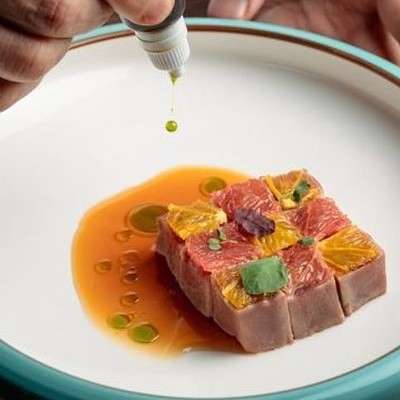Of all the wine-growing regions in the U.S., none seems to make more sense to me than the Willamette Valley, Oregon (although the Finger Lakes in New York state comes in at a close second).
When rich white dudes were inspired to plant French varieties in Napa like Cabernet Sauvignon, Merlot, and Chardonnay in the 1960s and 1970s, they were inspired by the wines they liked to drink: Red Bordeaux and white Burgundy. But they didn't stop to consider that the Napa Valley floor -- where most of them purchased land and built their wineries -- was not suited for the cultivation of these grapes. Although Merlot is relatively easy to grow nearly everywhere, Cabernet Sauvignon and Chardonnay need cool weather -- and particularly cool late-summer evenings -- in order to achieve the necessary ripeness and acidity to make for balanced and long-lived wines. They took their inspiration not from a sense of place (both Bordeaux and Burgundy offer growers the ideal climatic conditions for raising these wines), but rather from their historical and cultural perspective: Those grapes were used to make the wines that rich white dudes drank.
But when a white hippie dude named David Lett headed north to Oregon from the enology school at UC Davis in the 1960s with a bag of vine cuttings, he had a vision that the cool region would be ideal for the cultivation of grapes historically raised in Burgundy -- Pinot Noir and Chardonnay.
According to the winery's website, its philosophy, "in the vineyards and in the winery,"
is to interfere as little as possible with the processes of Nature.From the beginning, our wines have been made exclusively from grapes grown without the use of insecticides, herbicides or systemic fungicides. Our vines are grown on their own roots, and are not irrigated.
While we are hands-on in the vineyard, winery manipulations are restrained, to preserve the varietal flavors and expression of terroir we work so hard to achieve in the vineyards.
It seems that their approach has been successful: A few years ago, Master of Wine and editor of the Oxford Companion to Wine, Jancis Robinson, gave a glowing review of a vertical tasting of Eyrie Chardonnay stretching back to 1970 -- the winery's and the region's first vintage.
I recently came across the winery's entry-tier 2009 Pinot Noir at Spec's (for about $35).
After some initial funk blew off (not uncommon in wines made with low sulfuring like this one), it revealed beautiful wild berry notes on the nose and in the mouth and its acidity and gentle tannin were gorgeous with some aged Piave (also snagged at Spec's).
While Nebbiolo from Italy will always be my signora and Pinot Noir my mistress (and an expensive one at that!), this Pinot Noir from Willamette tasted like a love in.






